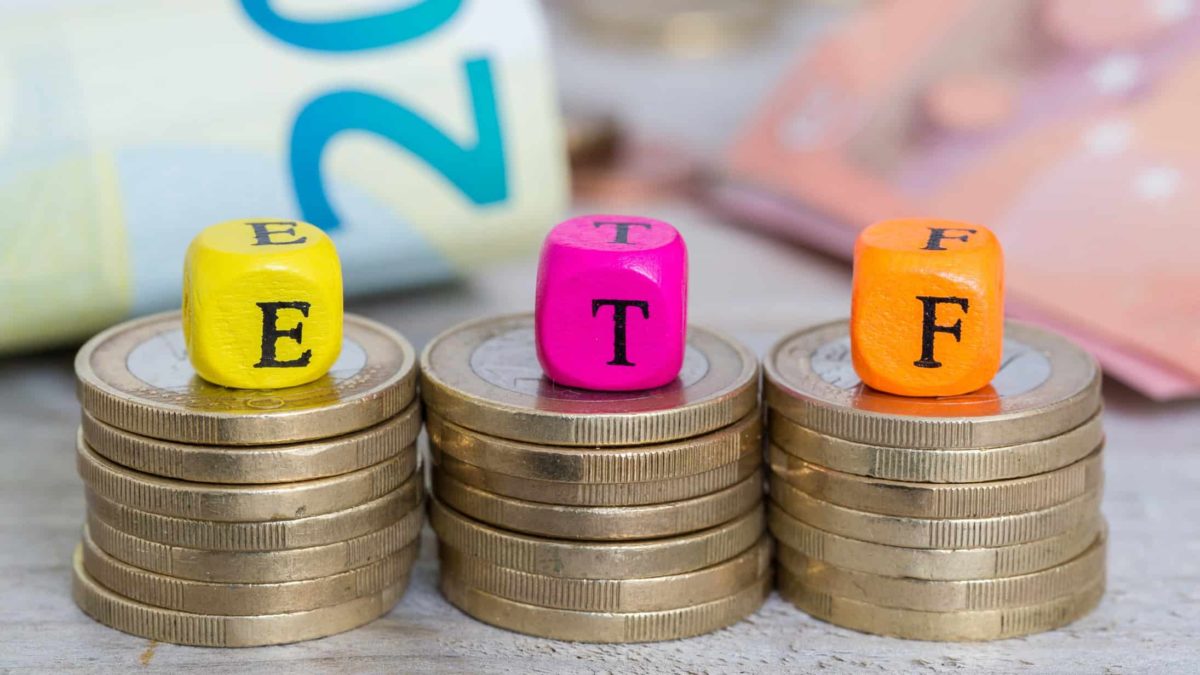The Vanguard Diversified High Growth Index ETF (ASX: VDHG) could be one of the most effective investments in providing diversification for investor portfolios.
There are a large number of different investments that people can look at to grow their wealth including individual ASX shares, international shares, exchange-traded funds (ETFs), listed investment companies (LICs) and so on.
How do we decide which regions to look at, which companies to buy and how much to invest?
It'd be useful if just one investment could tick all of the boxes in one go, which is what the VDHG ETF aims to do.
I'm going to talk about three reasons why this ETF could be a very effective investment.
Excellent diversification
This ETF is actually invested in a variety of funds itself, so it's a fund of funds.
Around 90% of the portfolio is invested in share funds:
- An ASX shares fund (the target allocation is 36% of the portfolio)
- International shares fund (with a 26.5% target weighting)
- A hedged international shares fund (with a 16% target weighting)
- A small international companies fund (with a 6.5% target allocation)
- A fund focused on companies listed in emerging markets (with a 5% target weighting)
With these weightings, investors are getting a good mix of assets with solid growth potential. Investors may like the exposure to small international shares, and companies in 'emerging markets', but the weighting isn't too much to be problematic if things become rough for those areas of the market.
Each fund is invested in hundreds, or thousands, of businesses, so the underlying diversification is exceptional.
The other 10% of the portfolio is invested in global bonds (around 7%) and Australian bonds (around 3%). This can provide a good income yield as well as, theoretically, some protection when share markets go through heavy volatility.
Low-cost
If we tried to recreate this portfolio ourselves, we'd be paying a lot more in brokerage fees, so the VDHG ETF portfolio is very effective to get exposure to these assets – this benefit isn't captured by the fund's numbers of the management fees or its net returns.
The annual management fee of 0.27% is very reasonable considering the amount of work that goes into each underlying fund, as well as the rebalancing work of the allocations between the funds.
When costs are lower, it means more of the money stays in the hands of investors.
Focus on growth assets
There are a few other investment options on the ASX like the VDHG ETF, but this one has a very high allocation to growth assets.
Bonds aren't necessarily bad, but I don't think they offer the growth and compounding potential that shares do.
Over time, we'd like to make as strong returns as possible, while reducing risk. The Vanguard Diversified High Growth Index ETF's underlying diversification can help reduce those risks.
In the past three years, the VDHG ETF has delivered an average return per annum of 9.4%. That's not bad considering all of the diversification, as well as the economic disruption we've seen over the past 18 months.
However, the large spread of investments (and bond allocation) may mean it doesn't grow as quickly as other 'growthier' ETF investments and ASX shares.









